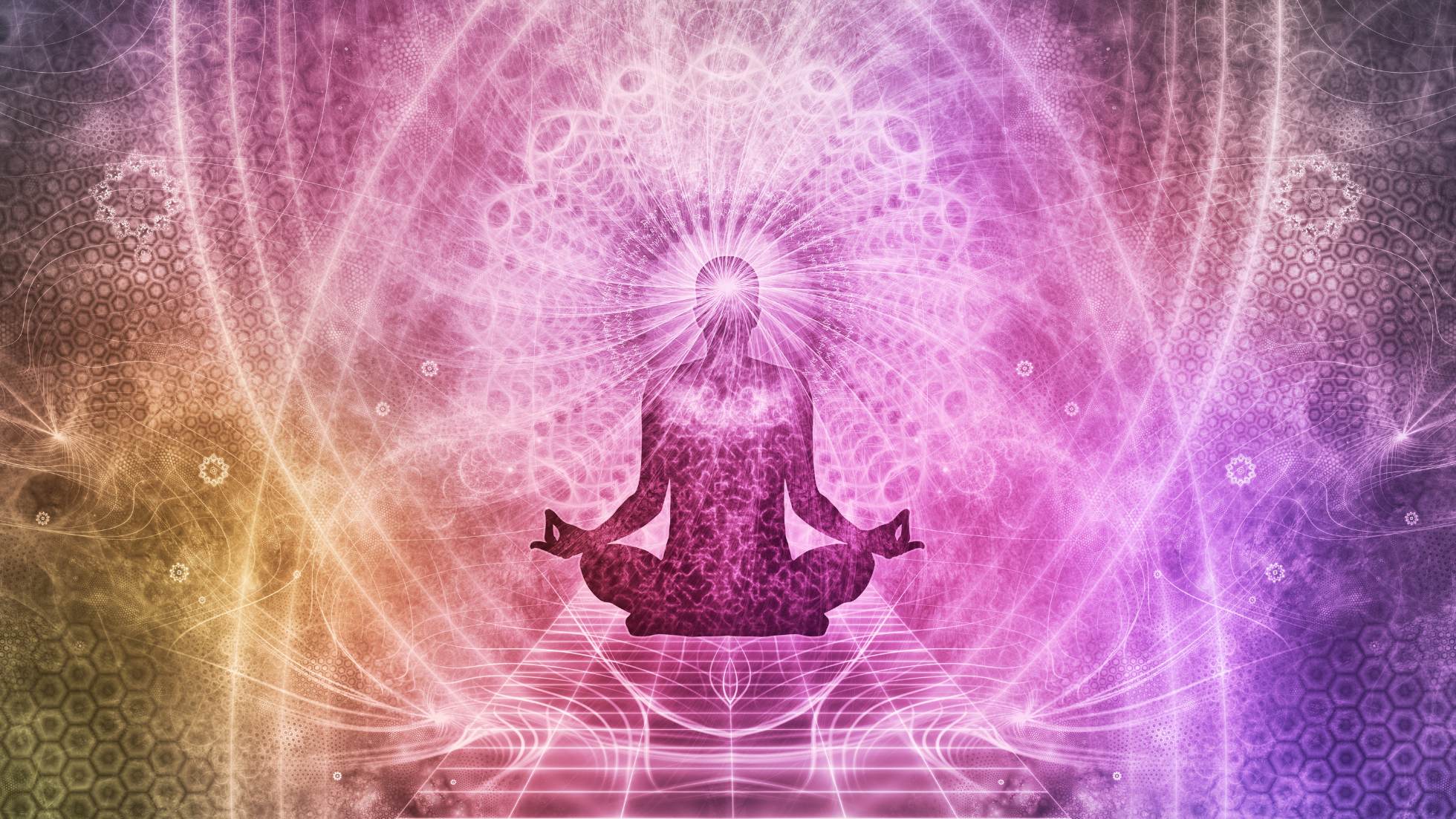The Concept of Brahman in Sanatan Dharma
The concept of Brahman is one of the most fundamental and profound concepts within Sanatana Dharma, the eternal universal dharma. Brahman refers to the Supreme Absolute Reality, the ultimate spiritual principle that manifests as the physical universe and all beings.
The Upanishads, ancient texts which form the core of the Vedas, explore the nature of Brahman in depth. They describe Brahman as infinite, eternal, absolute, self-existent and unchanging. The Mundaka Upanishad states:
“Brahman is infinite, and omnipresent. It is absolute, and it is the cause. It is truth. It is the whole universe.”
Brahman is described as Neti Neti – “not this, not this”. It is beyond names, forms, attributes and all limitations. The Kaushitaki Upanishad says:
“Brahman is neither gross nor minute, neither short nor long, neither red color nor oiliness, neither shadow nor darkness, neither air nor ether, unattached… unseen but seeing, ungrasped but grasping, without taste or smell, eternal wise, without inner organs, ever speaking, without contact or distinction.”
Despite being formless and attributeless, Brahman also manifests as the physical universe and every soul within it. The Chandogya Upanishad states:
“Verily, in the beginning all this was Brahman alone… It thought, may I become many. It created all that exists.”
All names and forms ultimately belong to Brahman. The Mundaka Upanishad proclaims:
“Everything in this universe is pervaded by Brahman. He who sees all beings in Brahman and Brahman in all beings knows Brahman.”
Sanatana Dharma teaches that an individual soul or atman is ultimately identical to Brahman. The core teaching “Tat Tvam Asi” – “Thou Art That” sums this up. Realizing this unity with Brahman leads to moksha or liberation from the cycle of rebirth.
The Bhagavad Gita describes Brahman as the supreme goal of spiritual knowledge:
“Upon knowing which nothing more remains to be known…The Supreme Brahman, imperishable, Supreme.”
The Upanishads use many metaphors to help describe Brahman. It is compared to the ocean which, though one in essence, gives rise to endless waves without losing its own unity. Brahman is the source from which all beings emerge, yet remains untouched and unchanged by them.
Mantras and sacred syllables like Om represent attempts by the intellect to grasp the ungraspable nature of Brahman. The Mandukya Upanishad says:
“Om is Brahman… Nothing that exists is separate from Om.”
In summary, Brahman represents the ultimate spiritual truth and highest metaphysical reality within the Sanatana Dharma. While difficult for the mind to comprehend fully, the realization of one’s identity with Brahman is seen as moksha – the supreme goal of human existence.


Comments are closed.